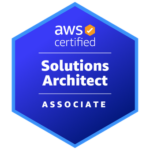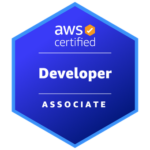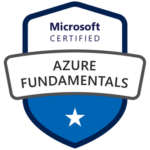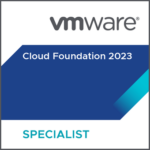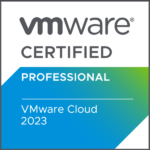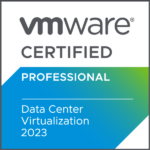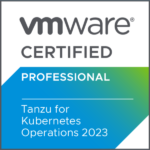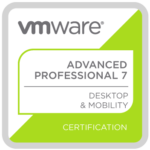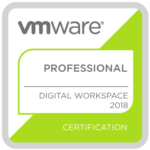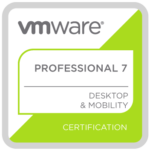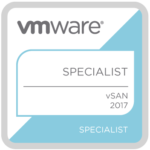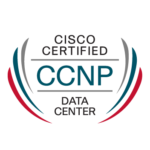Everyone talks about sovereignty. But few talk about the trade-offs.
Across Europe, especially in Germany and Switzerland, operational autonomy is often seen as the gold standard for digital sovereignty. The idea: full control, no external dependencies, no surprises.
In theory, it’s a strong posture.
In practice? It can easily slow you down.
For highly regulated industries, it’s tempting to build walls around your systems to reduce exposure. But when operational autonomy becomes the central design principle, innovation suffers. You are no longer building for performance or scalability. You are building to minimize risk. And over time, that architecture becomes hard to evolve.
This is the balance we need to strike: Sovereignty without stagnation.
Autonomy Comes at a Cost
Operational autonomy/sovereignty means exactly what it says. It is the ability to run your digital environment independently, without reliance on foreign entities, external support teams, or global platforms. In regulated markets, that’s attractive. It means you control access, processes, and ultimately, risk.
But here’s the thing: autonomy isolates.
To maintain autonomy, many institutions move to self-managed stacks, siloed environments, or custom platforms that minimize external control, but also block external innovation.
Security updates? Slower.
Platform upgrades? Riskier.
Integration with modern SaaS or AI services? Most probably not.
In Germany and Switzerland, I have seen several projects stall for months. Not because the technology wasn’t ready, but because the operational model couldn’t support agile change. Teams were so focused on controlling every layer that they lost the ability to adopt new capabilities at speed.
Autonomy must not come at the cost of adaptability!
What really matters is who controls your operations:
-
Who can push updates to your systems?
-
Who manages escalation paths during outages?
-
Whose legal jurisdiction governs your support team?
This is the level of detail that regulators (and boards) now care about.
And yes, achieving this depth of control is hard. That is why many organizations default to “isolation”: they lock down their stack and cut themselves (disconnect) off from global services.
But this model only works for a while. Eventually, innovation pressure builds. AI, automation, cloud-native services – none of that fits cleanly into a closed system. Without a platform to safely absorb innovation, operational autonomy becomes a bottleneck, not a strength.
The Open Source Conversation – Freedom With Limits
Open source has always played an important role in reducing lock-in and increasing transparency. It gives you flexibility, choice, and in many cases even real control.
But we also need to acknowledge its limits, especially in enterprise environments.
Take the example of a Swiss industrial company. They run over 400 applications – a mix of off-the-shelf software, legacy platforms, and newer cloud-native solutions. They have adopted Kubernetes, Grafana, Prometheus, and open-source databases where it made sense. But they also rely on integrated enterprise systems for finance, HR, procurement, and logistics.
Could they replace every component with open source?
Maybe. But at what cost?
Who supports the platform during an audit?
Who integrates change management and compliance controls?
Who signs off on operational resilience?
This is where the promise of open source meets the reality of enterprise IT: not everything can or should be rebuilt just to reduce dependency. Open source is an important ingredient. But sovereignty also means being able to make informed choices, not ideological ones.
What I am seeing is this: teams spend months assembling monitoring stacks, security tools, compliance scripts etc., only to realize they have created something fragile, difficult to maintain, and sometimes completely undocumented for auditors.
The irony? In chasing autonomy, some organizations built systems less resilient than the platforms they were trying to avoid.
This is where pre-built sovereign cloud platforms can help. Not by locking you in, but by giving you compliance-aligned services that still let you move fast. With built-in logging, encryption, incident management, and support under local legal control, the platform handles the regulatory foundation. So your team can focus on what matters.
Isolation vs. Informed Independence
So, to summarize it, there are two paths organizations typically choose:
1. The Isolation Model
Control everything, self-manage infrastructure, and avoid foreign providers. This delivers maximum autonomy but at the cost of agility. Teams fall behind on updates, and integration becomes painful. Yep, innovation slows. Eventually, autonomy becomes a form of isolation.
2. The Informed Independence Model
Use a sovereign cloud platform with built-in compliance, local operations, and enterprise-grade services. Maintain flexibility and adopt open standards. But don’t reinvent what is already secure and certified. This lets you meet regulatory requirements without stalling digital progress. An example would be the EU Sovereign Cloud from Oracle.
Control Matters – But So Does Momentum
Sovereignty is about control. But let’s not forget: innovation needs momentum.
You can’t afford to build static systems in a dynamic world.
Yes, autonomy protects you, but only if you can also evolve, scale, and adapt.
The real challenge in sovereign cloud isn’t just achieving control.
It is doing it without losing your ability to build and innovate.
And that’s the future we need to design for: Sovereignty, without stagnation.















